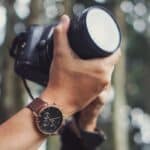
Lazy eye is something that interferes with a person’s self-confidence when taking a photo, also it hugely bothers the photographers and put them in a bad spot.
People with lazy eyes most of the time refuse to take a photo due to having low self-esteem while some of them embrace it and don’t mind it at all.
In today’s article, I will try my best to share some tips for fellow photographers who want to make their customers happy by preventing a lazy eye in a picture.
Before we start with the solutions, let’s find out more regarding the lazy eye.
What Does a Lazy Eye Mean?
Obviously, it doesn’t mean that the eye is lazy.
It is a condition that mostly develops into the early days of childhood. Otherwise, people might refer to it as “wandering eye”, or medically known as amblyopia.
Amblyopia is treatable, but that’s only if caught in the early stages. Sadly, it is not easy to spot it and only an eye doctor can do it, the worse part is that if it is left too long without a treatment it can cause vision loss.
With that being said, I think that worrying about the eyeball drifting away in photos, should be the least concern.
In most cases, it is a genetic disorder and it’s hard to take care of it, but we as photographers can do something about it and use some methods that will prevent it.
Let’s find out more about these methods.
How to Prevent Lazy Eye in Pictures
Every photographer has to take the matter into their hands in those cases.
Most of the time people who suffer from lazy eye won’t come to us and say “Hey man my eyeball might drift away so take care”.
It is understandable why it is a bit hard or awkward to point it out right away.
Make sure you notice it yourself and re-do the photos as many times as it takes.
Altering the Focus of the Subject
You can try different maneuvers to direct the lazy eye.
For example, you can ask your target to look at a specific location and then look directly at the camera lens. Fortunately, the lazy eye doesn’t move so fast, you will have little space to capture the shot at the right moment.
A trick a lot of photographers use is asking the person to look down, and right before you shoot, they have to look up.
But mostly, it depends on the way their lazy eye moves, it can float inward or outwards.
Below you will see an example of an outward lazy eye and an inward one.
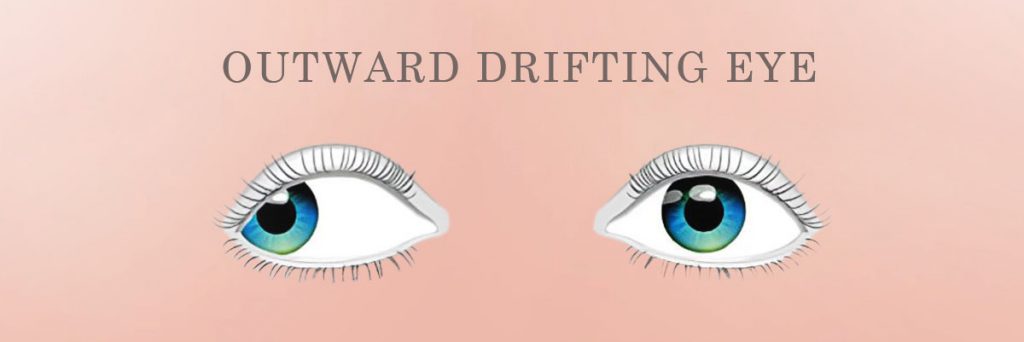
If the model eye floats outwards, try to lead him to look towards the center of the lens.

If the eye drifts inwards, tell your model to look away from the center of the focus.
Trying Different Photo Angle
Another way, that is much easier than the one above, would be trying to shoot the picture from different angles.
You can try and play around till you find the right angle, be it from sides or in a higher position.
Just make sure the photo feels neutral and nothing extraordinary.
Trying Different Poses
Posing in a certain way is the easiest solution.
For example, you ask your model to lean a bit and to tilt their shoulder slightly. Make sure you tilt the shoulder that is on the side of the normal eye, in order to hide or say counter the lazy eye.
Before you take the shot, you can ask them to look at a different angle, afterwards, they should quickly give you a direct glance, both eyes will focus on the camera, giving you the chance to capture them looking in the same direction.
Below is an example of what the end result should pretty much look like.
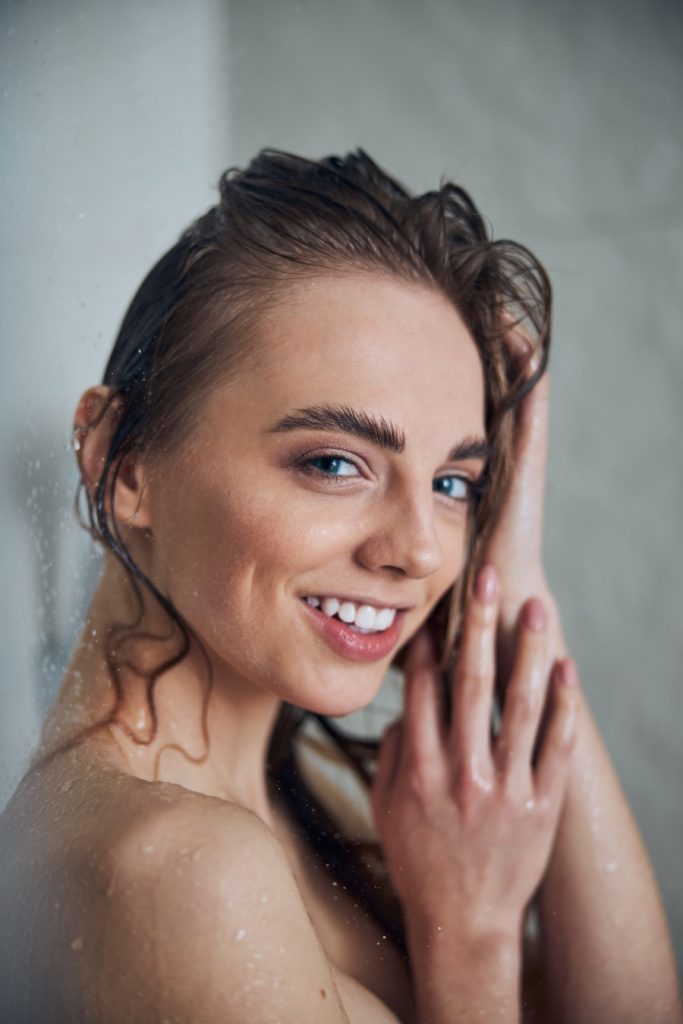
Last Resort: Eye Cloning/Photoshop
If none of the above works, the nail on the coffin would be using software like photoshop.
Eye cloning as the name implies means that you can use photoshop to copy the “good eye”. You can also find a different eye that is similar to your model’s, and replace the lazy eye with it.
Just note that this is not an easy process, If you are not confident with your photoshop skills, I would advise taking the work to someone who has expertise in this field. Failing to edit the lazy eye right, will make things much worse, and we don’t want that.
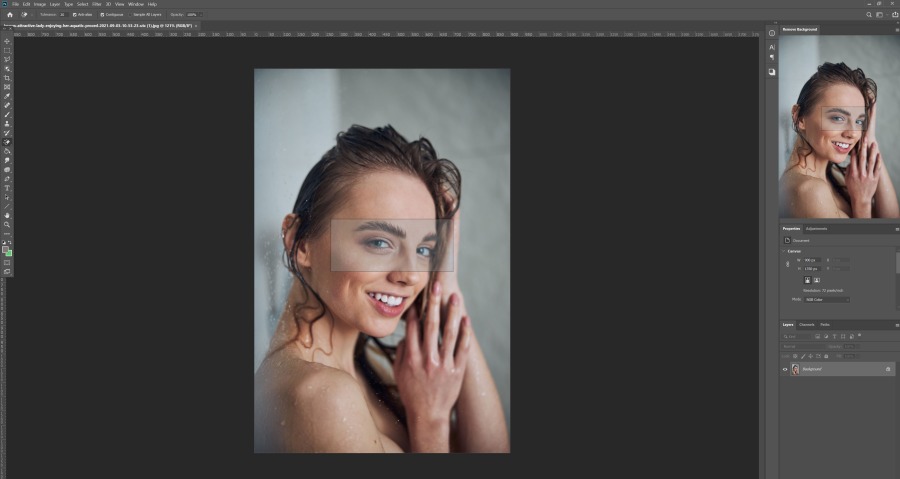
All of the above might come easy when you have to deal with an adult right?
But what if your model was a toddler? Things sure change.
How To Photograph Children and Toddlers with Lazy Eye:
Above I mentioned that wandering eye is more common in infants, children in general.
Photographing them is much harder, for obvious reasons.
Children
If it is a child between 6 to 10 years old, it is a tad easier since they can understand and follow your instruction.
Still, they remain a child, if they stay in a spot for a long time they will get irritated and annoyed which leads to them refusing to take the pictures.
So try to be as kind and understanding as possible, try sweet-talk, jokes, and different methods that make them listen to you.
Babies/Toddlers
Well, things get even tricker at this part.
There’s no way an infant can understand that he is being pictured, let alone follow your instructions.
There’s a solution for everything, you don’t have to worry.
Have you noticed how most parents calm a crying toddler?
They give him a toy or something that grabs his attention, exactly, that is the thing we want to do here too.
Take a toy or an object that is interesting to a toddler, and try to draw his attention towards you.
It will work even better if you use toys that make sounds.
Also, make sure you ask for the help of their guardians/parents since it is quite hard to do everything by yourself.
Using a toy will quickly grab the attention of the toddler, making his lazy eye move for an instant and that’s when you take the shot.
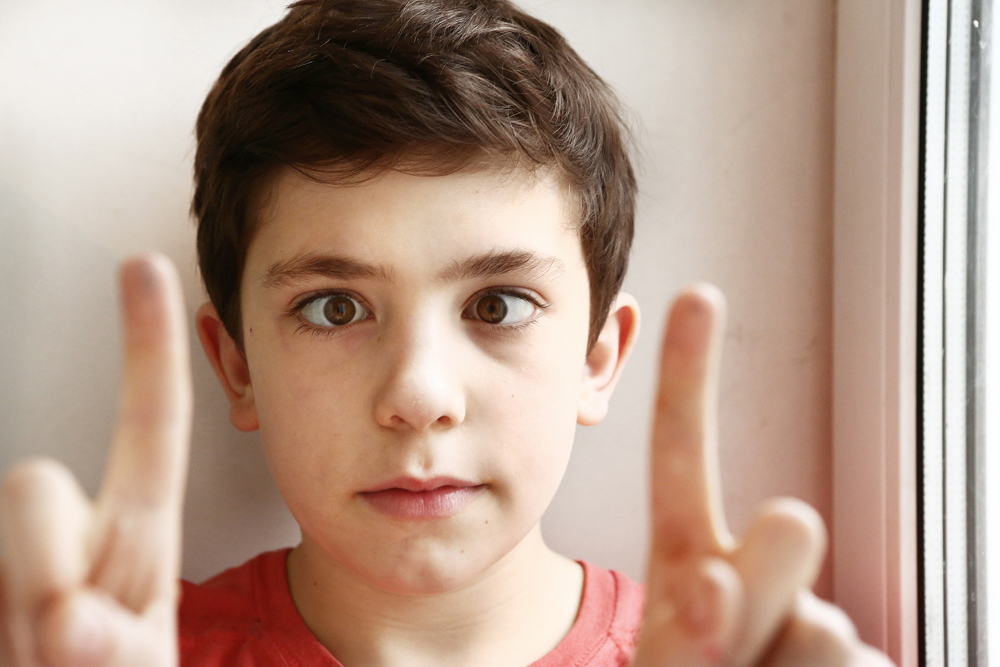
Final Words:
I am well aware that this can get really awkward and put you in a sticky position, it is not a walk in the park for sure.
But, with some practice and training, you will get used to it and learn how to counter the lazy eyes in pictures.
To be honest, when I have to do with people that suffer from a wandering eye, I really try my best to satisfy them as much as possible.
Having a lazy eye can be devastating to your self-esteem, especially in teens and early 20’s adults. Trying different methods that will prevent a lazy eye and make your models look good and natural in a picture, will cost you nothing.
There’s nothing better for me than seeing my fellow customers enjoying the outcome of my pictures.

Camera Tester & Reviewer
I spend most of my time taking photos & videos of everything in sight. Yes, I am a stock photographer and I’ve probably taken more than 700,000 photos so far.


